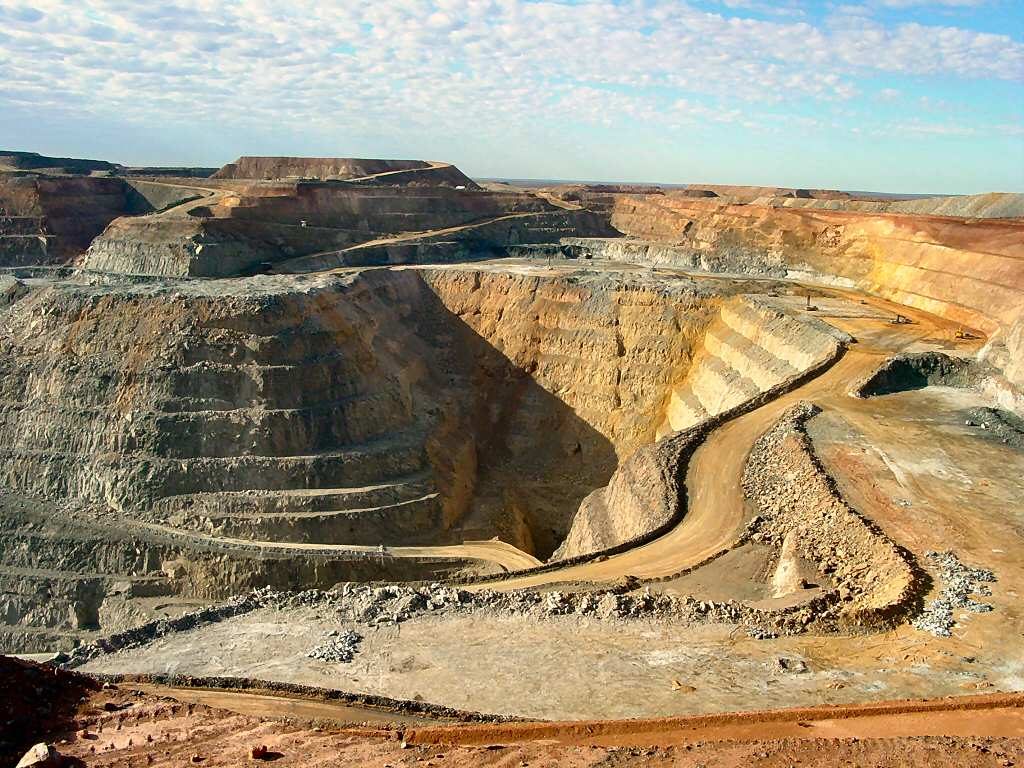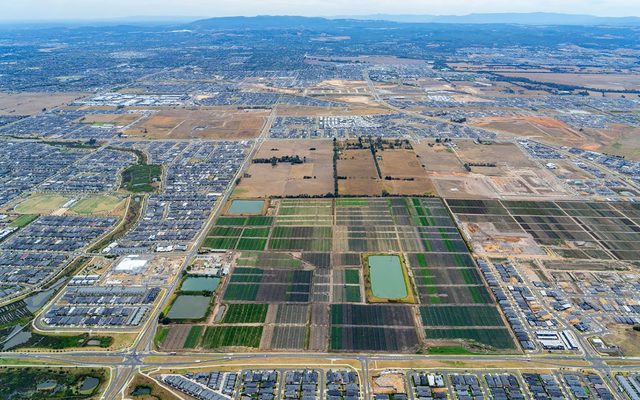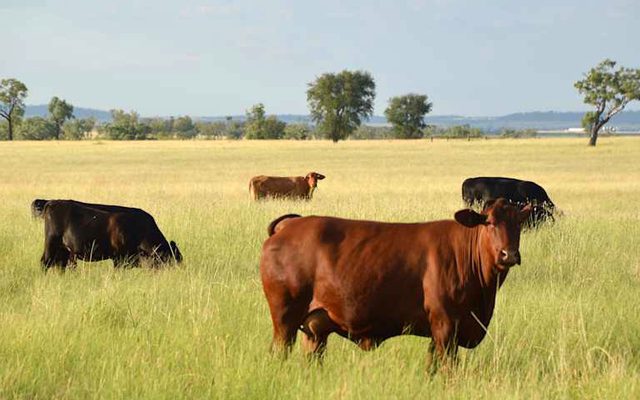This article is from the Australian Property Journal archive
THE mining downturn stripped a number of towns reliant on the resources boom of their house values, with prices slashed by 75% in some locations, according to Property Investment Professionals of Australia, with Western Australian town hardest hit.
Chairman Peter Koulizos has compared CoreLogic data with research undertaken in 2008, and found that South Hedland, a suburb or Port Hedland, saw house values fall by 74.8% in the past 10 years, while prices in Queensland’s Dysart plummeted by 77.4% as Brisbane prices increased by 24% over the same period.
“What this data shows us is that if you had bought property in one of these towns, not only did your property not increase in value over this 10-year period, but it is actually worth less,” Koulizos said.
“West Australia – which benefited the most from the mining boom – has also suffered the most from the mining bust.
“There is a very long list of underperforming mining towns in WA.”
Newman followed South Hedland, with the median house price of $501,000 in 2008 now down to $147,000, down by 70.6%. Pegs Creek houses fell by 63.4% to $252,000; Millars Welll by 62.1% to $242,500; Bulgarra by 60.6% to $260,000.
Port Hedland house prices dropped by 49.4% to $390,000, and Baynton by 42.4% to $420,500.
Queensland mining towns and suburbs were also harshly affected.
“Gladstone was promoted by many property spruikers and it’s clear they have seriously come unstuck,” Koulizos said. South Gladstone saw prices drop by 31.7% and West Gladstone house prices by 47.6%.
South Australia’s Roxby Downs saw house prices drop by 36%, while sales numbers fell from 140 in 2008 to just 51 in 2018.
“It’s important to understand that buying property outside of capital cities still makes financial sense. In fact, there are many regional and country areas that are deserving of your investment dollars.
“The moral of the story is that successful property investment is about long-term economic fundamentals, not supposed short-term financial gains,” Koulizos said. “And that usually means investing in locations with diverse, multi-faceted economies, not areas that financially ebb and flow depending on the strength – or weakness – of a single industry.”
Australian Property Journal



